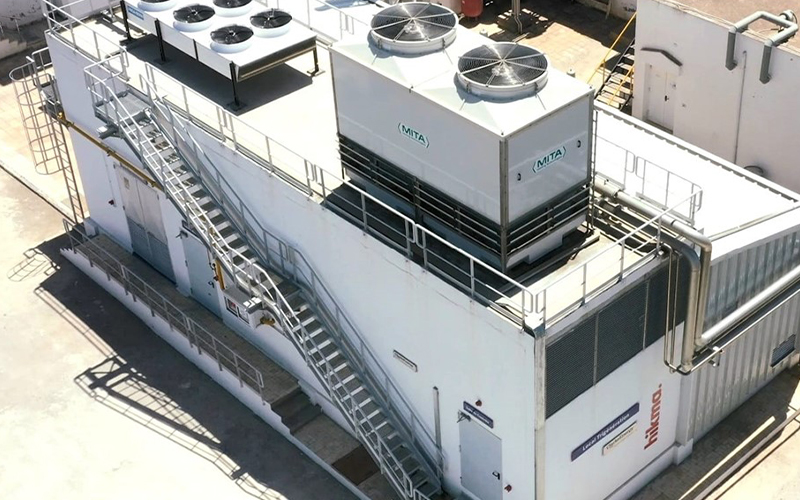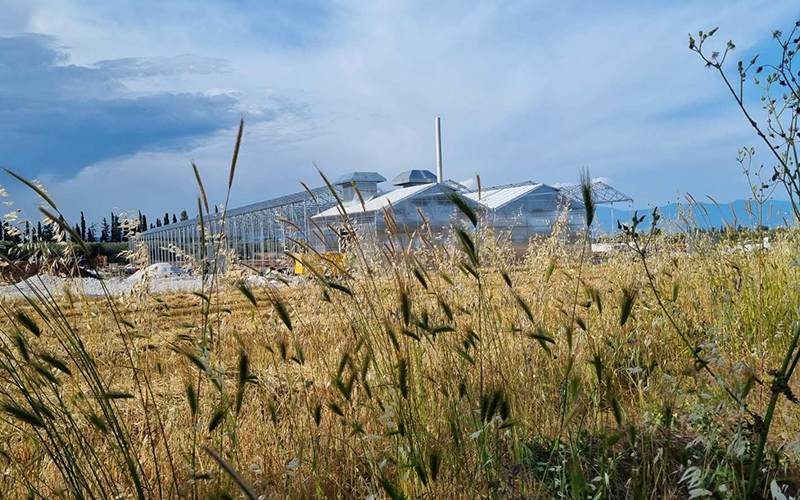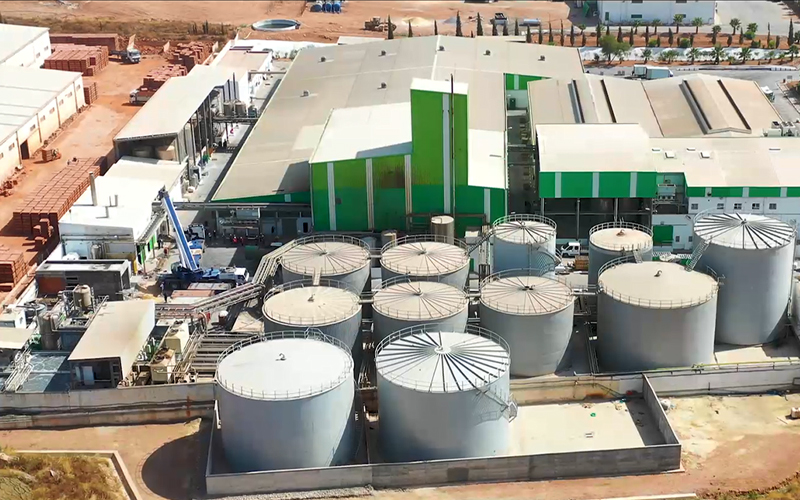A Jenbacher gas engine module is configured for the recovery of both electricity and heat via a cogeneration / CHP configuration.
As with the genset, the gas engine is linked to the alternator which produces electrical power for export. The cooling water circuits of the engine are first linked to a plate heat exchanger which facilitates the transfer of hot water to an external hot water circuit, typically on a 70/90◦C flow/return basis. Any excess heat should be dumped using adjacent heat dump radiators to facilitate the correct operation of the engine. The engine, alternator and a plate heat exchanger are all mounted on a skid for ease of transportation. The module is then typically located within a building and ideally with individual acoustic enclosures to reduce the escape of noise and to protect service engineers.
Typical Cogeneration Module Applications
Cogeneration modules are used in a wide variety of different applications including:
- Combined heat and power using natural gas in buildings, where hot water is required for building heat
- Combined heat and power using natural gas for industry, where hot water is required for local processes
- Biological gas applications such as biogasand sewage gas plants where hot water is used to heat the digesters and to support with pasteurisation.




